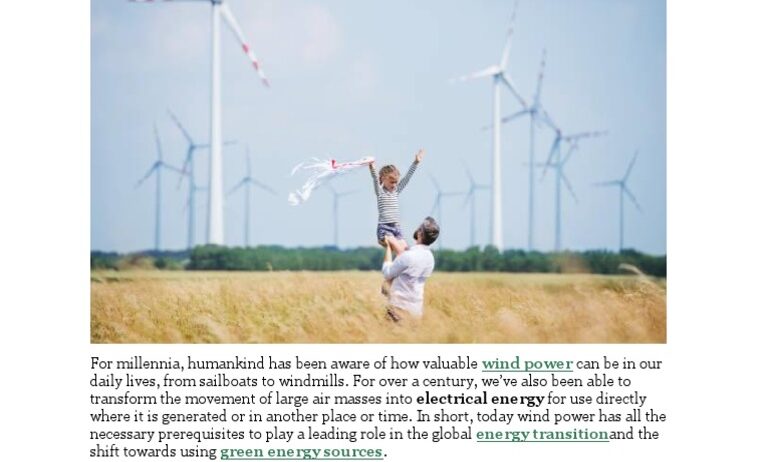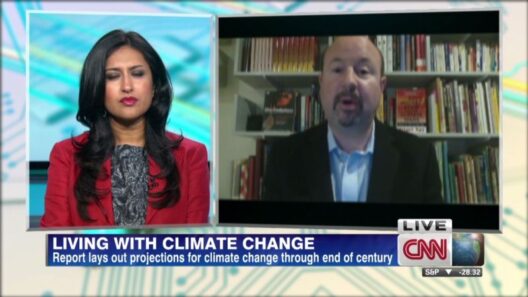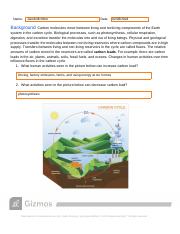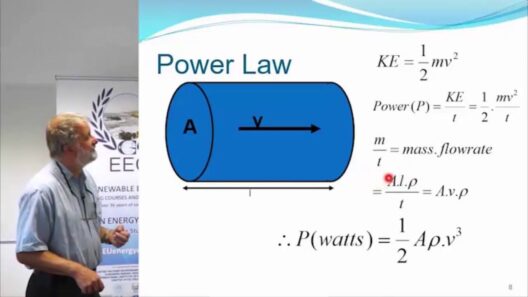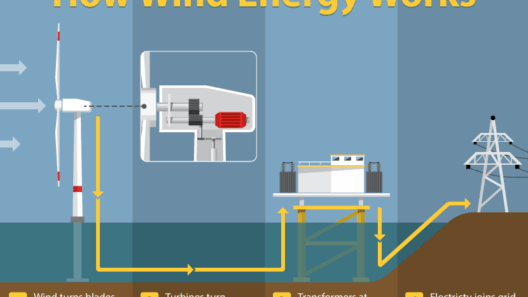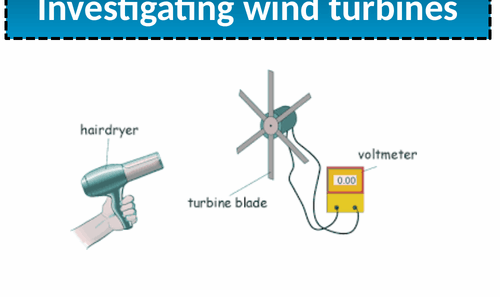Wind energy has emerged as a formidable force in the quest for sustainable power, and its advantages are as diverse as the landscapes it sweeps across. From the seemingly endless vistas of rolling hills adorned with towering turbines to the quiet hum of energy generation, harnessing wind power creates a fascinating interplay between nature and technology. This article delves into five compelling reasons why investing in wind energy is not only a wise choice but also a necessary step toward a sustainable future.
The Spectrum of Environmental Benefits
Wind energy exemplifies a quintessential solution for reducing our carbon footprint. Unlike fossil fuels, which emit copious amounts of greenhouse gases, wind energy is remarkably clean. In fact, wind turbines generate electricity without releasing any air pollutants. This characteristic is vital in combating climate change, contributing to improved air quality, and promoting healthier living conditions.
Moreover, wind energy contributes to the conservation of water resources. Traditional power generation methods, especially those reliant on coal or natural gas, often require vast quantities of water for cooling. Wind energy, conversely, operates with minimal water usage, which can help alleviate pressure on local water supplies in drought-stricken areas. This pivotal attribute positions wind energy as a reliable ally in the context of global water scarcity.
The Economic Upsurge: Job Creation and Stability
Beyond its environmental merits, wind energy serves as an economic catalyst. The wind energy sector has seen exponential growth over the past decade, creating thousands of jobs in engineering, manufacturing, and installation. As companies pivot toward renewable energy sources, they not only bolster the job market but also fortify local economies, particularly in rural areas where many wind farms are constructed.
With an eye toward long-term sustainability, the investment in wind energy infrastructures leads to stable employment opportunities. Permanent jobs in maintenance and turbine operations provide a consistent income that fosters community growth and stability. The ripple effect is notable—the benefits extend beyond direct employment, as local businesses also benefit from increased economic activity related to wind energy projects.
The Allure of Energy Independence
The drive for energy independence is a compelling narrative amidst fluctuating global energy prices and geopolitical tensions. Harnessing wind energy enables countries to diversify their energy portfolios, reducing reliance on imported fossil fuels. This strategic advantage is not merely about energy security but also entails economic sovereignty.
By investing in wind energy, nations can forge a path toward self-sufficiency, insulating themselves from volatile market fluctuations. The control over one’s energy source directly translates to national resilience, allowing countries to navigate international challenges with greater confidence.
Technological Innovation and Efficiency
Advancements in wind turbine technology have dramatically enhanced efficiency and output. The modern turbine is a marvel of engineering, utilizing cutting-edge materials and design to maximize energy capture. Enhanced rotor blades and smart sensors optimize performance, allowing turbines to harness wind at lower speeds, significantly expanding their operational range.
This convergence of technology and engineering not only boosts wind energy’s overall efficiency but also underscores its aesthetic appeal. The sight of colossal wind turbines gracefully rotating against a backdrop of blue skies or lush landscapes transforms rural scenery into a testament of human ingenuity. This aesthetic trajectory has sparked discussions about the role of renewable energy in contemporary art and architecture, further intertwining the fabric of society with ecological consciousness.
Tax Incentives and Financial Viability
The economic feasibility of wind energy has been bolstered through various governmental policies and tax incentives aimed at promoting renewable energy sources. These financial mechanisms provide additional motivation for investors and developers, supporting the transition away from fossil fuels.
Moreover, as technology continues to advance and economies of scale come into play, the cost of generating electricity from wind has plummeted. This decline in price not only makes wind energy competitive with traditional energy sources but also enhances its attractiveness as a long-term investment. The allure of reduced operational costs and consistent returns on investment places wind energy firmly within the realm of financial prudence.
Conclusion: Wind Energy as a Paradigm Shift
The advantages of wind energy extend far beyond the immediate environmental benefits. Its ability to create jobs, foster economic independence, spur technological innovation, and provide financial incentives paints a promising picture of a sustainable future. As countries grapple with the challenges posed by climate change and resource scarcity, wind energy stands as a beacon of hope—a testament to humanity’s capacity for progress and resilience.
Ultimately, harnessing the power of the wind is not merely a technical endeavor; it is a reiteration of our collective commitment to preserving the planet for generations to come. The timeless motion of wind turbines silhouetted against endless horizons serves as a powerful reminder of the potential for harmony between nature and human industry, inviting us all to dream of a cleaner, greener world.



